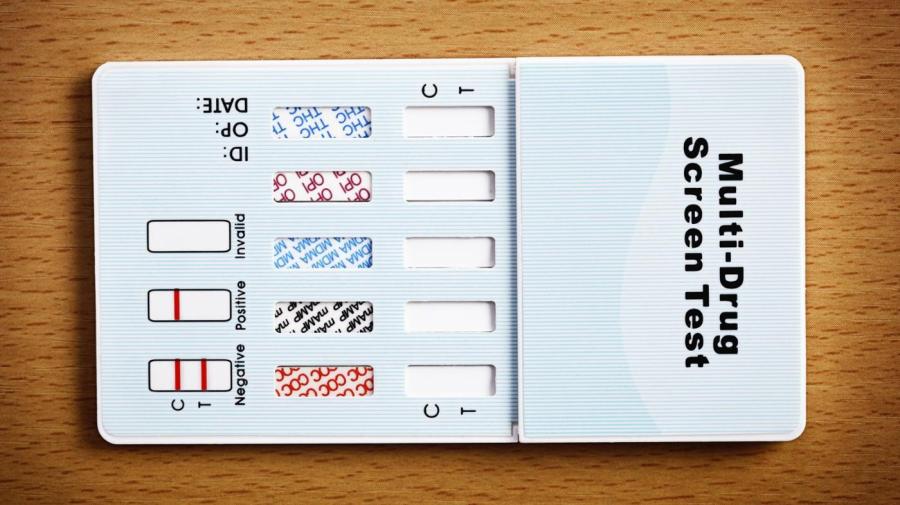What Is a 10-Panel Drug Test?

A 10-panel drug test reveals the presence of methadone, cocaine, marijuana, amphetamines, methamphetamines, barbiturates, opiates, oxycodone, phencyclidine or bezodiazepines in human urine. Individuals can take the test at home or in a supervised laboratory setting.
A 10-panel drug test is performed by collecting the urine of the individual in a clean, unused specimen container. The test cap is then removed from the test kit, and the tip of the test strip or stick is inserted directly into the urine for 20 to 30 seconds. The tip of the strip is then removed from the urine, and set down on a flat, stationary surface for three to eight minutes. The results of the drug test then dismiss or confirm the presence of any of the 10 drugs within the individual’s body.
Ten-panel drug tests are most commonly used as pre-employment screens that alert employers to the illegal consumption of controlled substances that are only available through a physician’s prescription. If an individual tests positive for one or more drugs, that individual has the right to produce prescriptions for those drugs. If the individual cannot produce prescriptions for the controlled or illegal substances, the employer generally does not offer that person a paid position within that organization.





